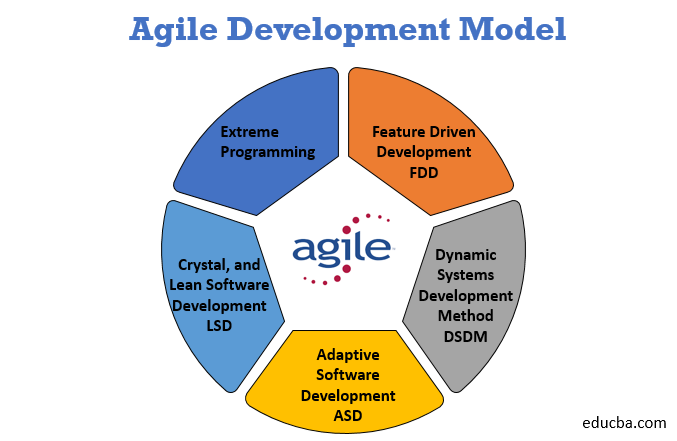How do I use Agile methodology?
Agile methodology has revolutionized project management, providing a flexible and customer-centric approach. Whether you’re new to Agile or seeking to refine your understanding, this guide will walk you through the essentials.
Agile methodology, in the realm of project management, revolves around adaptability and collaboration. It emphasizes iterative progress and customer feedback. Recognizing its significance is crucial in today’s fast-paced business landscape.
What is Agile methodology?
At its core, Agile methodology embodies four basic principles: individuals and interactions over processes and tools, working software over comprehensive documentation, customer collaboration over contract negotiation, and responding to change over following a plan. This approach prioritizes satisfying the customer through early and continuous delivery of valuable software.
Benefits of Agile methodology
Agile methodology offers a multitude of benefits, including enhanced flexibility to adapt to changes swiftly, accelerated project delivery cycles, and heightened customer satisfaction due to frequent and meaningful interactions throughout the project.
How to start with Agile
To embark on your Agile journey, understanding your project needs is paramount. Assemble a cohesive Agile team, and carefully select the appropriate Agile framework based on the project’s requirements. Tailoring the approach is key to a successful Agile implementation.
Key components of Agile
Agile methodology involves various components such as Epics, User Stories, Tasks, Sprints, Sprint Planning, Daily Stand-ups, and Sprint Review and Retrospective. These elements streamline project progress, ensuring efficient development and client satisfaction.
Agile roles and responsibilities
In an Agile team, the Scrum Master facilitates the process, the Product Owner represents the client’s interests, and the Development Team delivers the product. This division of roles ensures a smooth and collaborative workflow.
Agile ceremonies
Sprint Planning, Daily Stand-up meetings, Sprint Review, and Retrospective sessions constitute Agile ceremonies. These structured events promote transparency, align objectives, and enhance team performance.
Tools for Agile
Several project management tools, such as Jira, Trello, and KanbanFlow, aid in implementing Agile methodology seamlessly. Leveraging these tools optimizes project tracking, task management, and team collaboration.
Challenges in Agile implementation
Transitioning to Agile may present challenges like resistance to change, lack of expertise, and communication barriers. Addressing these hurdles proactively ensures a successful transition.
Tips for successful Agile implementation
To implement Agile effectively, nurture a culture of collaboration, provide comprehensive training and ongoing support, regularly review and adapt your processes, and celebrate achievements. These strategies foster a productive Agile environment.
Conclusion
In summary, Agile methodology offers a dynamic and customer-centric approach to project management. Embrace Agile to streamline your projects, enhance team collaboration, and ultimately deliver exceptional value to your customers.






